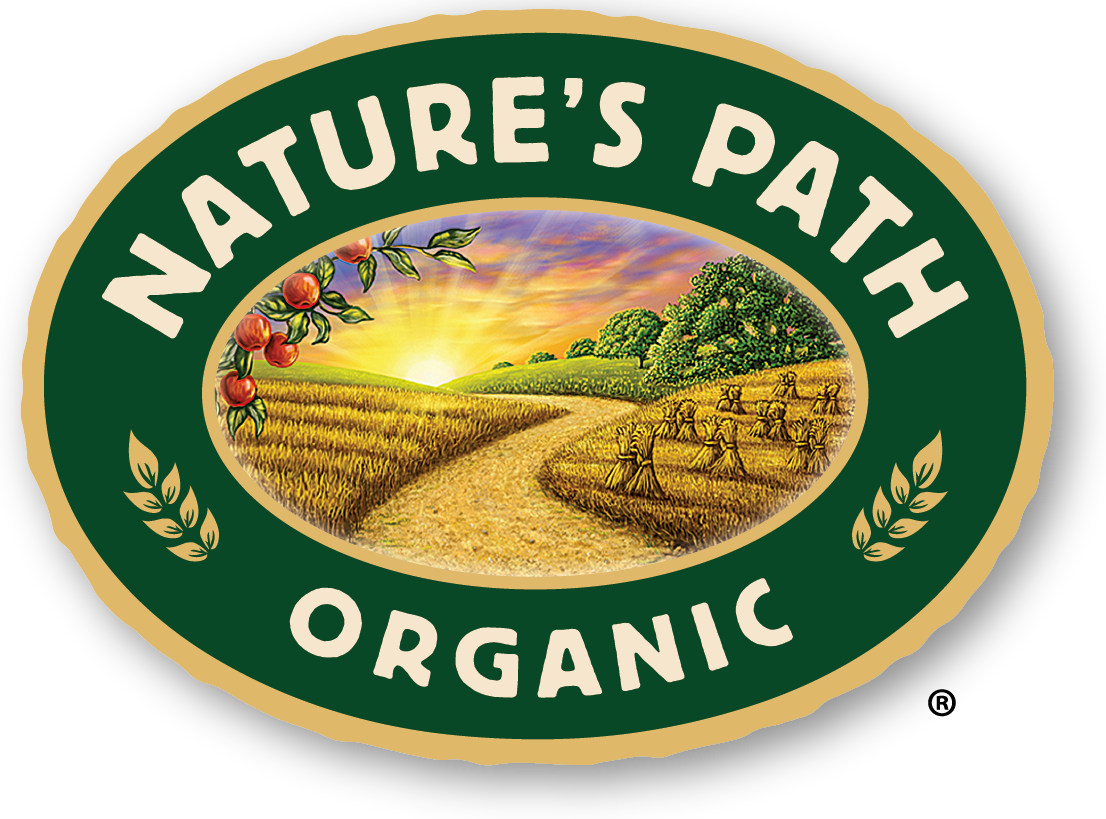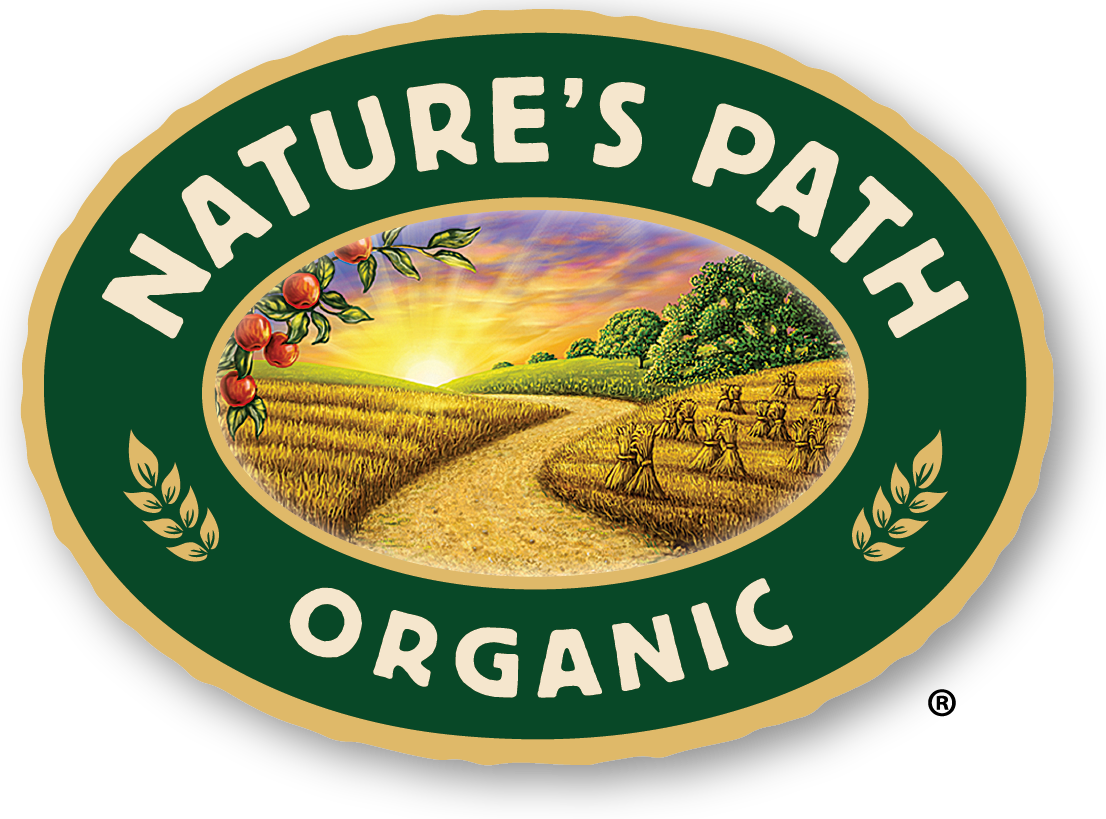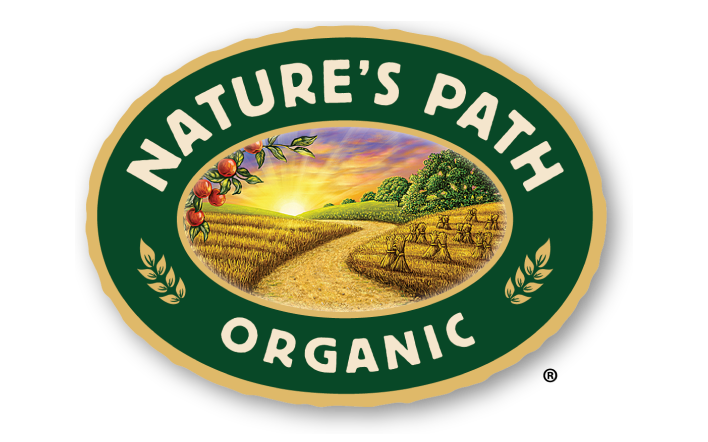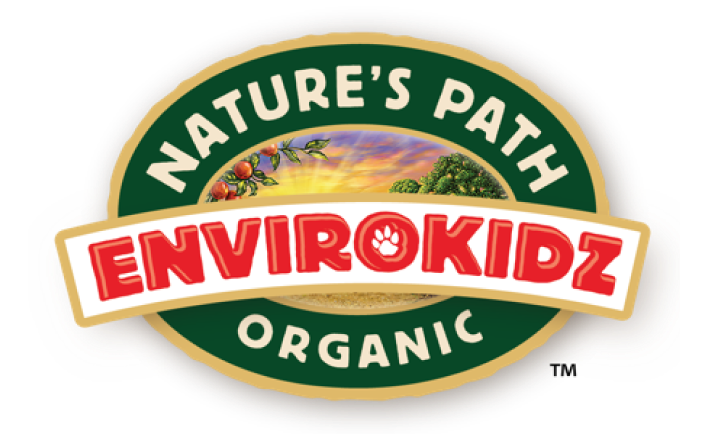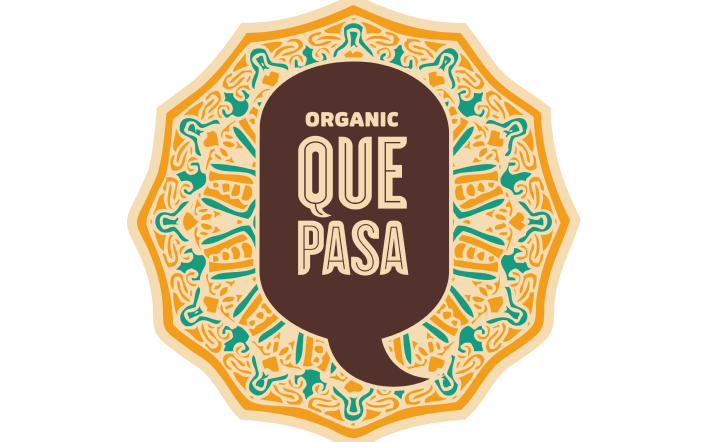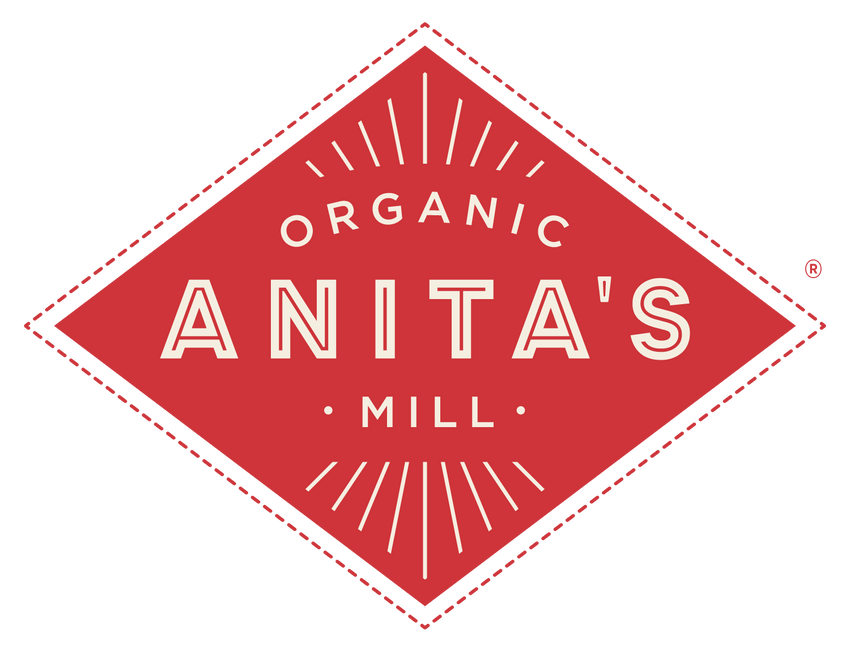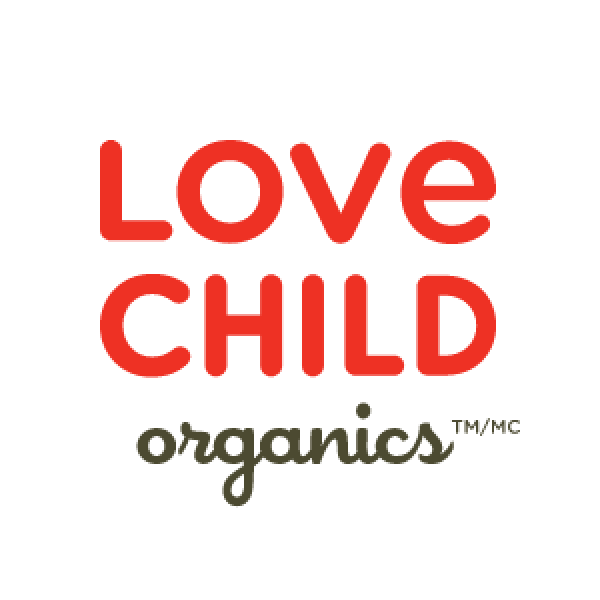
Price Your Smoothie Bowls for Profit (With Examples)
Getting your pricing right is key to running a profitable smoothie bowl business. Whether you're just starting out or growing fast, this guide shows how to price your bowls using real cost examples and wholesale strategies.
Step 1: Know Your Ingredient Costs (COGS)
Start with your COGS—the total cost of ingredients per bowl.
Formula:
[ Retail Price = COGS × Markup ]
Most shops use a 3x–4x markup based on location and concept.
Step 2: Ingredient Cost Breakdown (Organic Example)
Açaí purée (100g): $1.20
Frozen banana: $0.20
Almond or oat milk: $0.25
Nature’s Path Organic Granola: $0.35
Strawberries, blueberries, kiwi: $0.40
Chia seeds or hemp hearts: $0.20
Drizzle (honey, almond butter): $0.30
Total Cost Per Bowl: ~$2.90
Step 3: Set a Profitable Price
| Markup | Retail Price | Gross margin |
| 3x | $8.70 | ~66% |
| 3.5x | $10.15 | ~71% |
| 4x | $11.60 | ~75% |
Urban smoothie bowls usually fall between $9–12. Add-ons like protein or superfoods ($1.50–$2.00) boost margins.
Step 4: Sample Bowl Builds
Basic Build – $8.50
- Açaí, banana, oat milk
- Granola, coconut, strawberries
- COGS: $2.70 → ~68% margin
Premium Build – $11.50
- Açaí, pitaya, mango, almond milk
- Granola, hemp seeds, kiwi, almond butter
- COGS: $3.25 → ~72% margin
Add-On Build – $13.00
- Premium base
- Add-ons: protein, bee pollen
- COGS: $3.75 → ~71% margin
Step 5: Save with Batch Prep
Batch prep can dramatically reduce labor time and keep your cost of goods consistent. Here’s how to do it effectively:
- Smoothie Bases: Pre-blend your most popular base combinations (e.g., açaí + banana + oat milk) and portion them into deli cups or food-safe pouches. Freeze them for grab-and-blend efficiency.
- Toppings: Store granola, seeds, and shredded coconut in labeled bins with 1/8 or 1/4 cup scoops for precise, repeatable portions.
- Nut Butters & Drizzles: Pre-portion sticky add-ons in squeeze bottles or ramekins to maintain serving sizes.
- Daily Prep Sheet: Use a prep sheet to forecast demand and prep accordingly to reduce overproduction and waste.
Step 6: Scale with Bulk Buying
Buying in bulk isn't just about saving money—it's about building consistency, reducing operational friction, and protecting your margins at scale.
Here’s how smart operators use bulk to their advantage:
- Lower Cost Per Serving: Buying cases of granola or açaí purée cuts your per-bowl cost by 15–30% compared to retail-size packs.
- Avoid Stockouts: Busy weekends or catering orders won't derail service when you have backup bulk stock on hand.
- Streamline Training: Fewer SKUs and consistent sizing make it easier to train new staff on portioning and prep.
- Better Shelf Life: Foodservice-sized bags are designed to last longer once opened and reduce packaging waste.
Nature’s Path Organic Granola is available in 25 lb foodservice bags (≈200+ servings), USDA certified, and designed specifically for high-volume smoothie shops.
Want to Run the Numbers Yourself?
Try our Smoothie Bowl Cost & Profit Calculator or apply to join our wholesale program.
